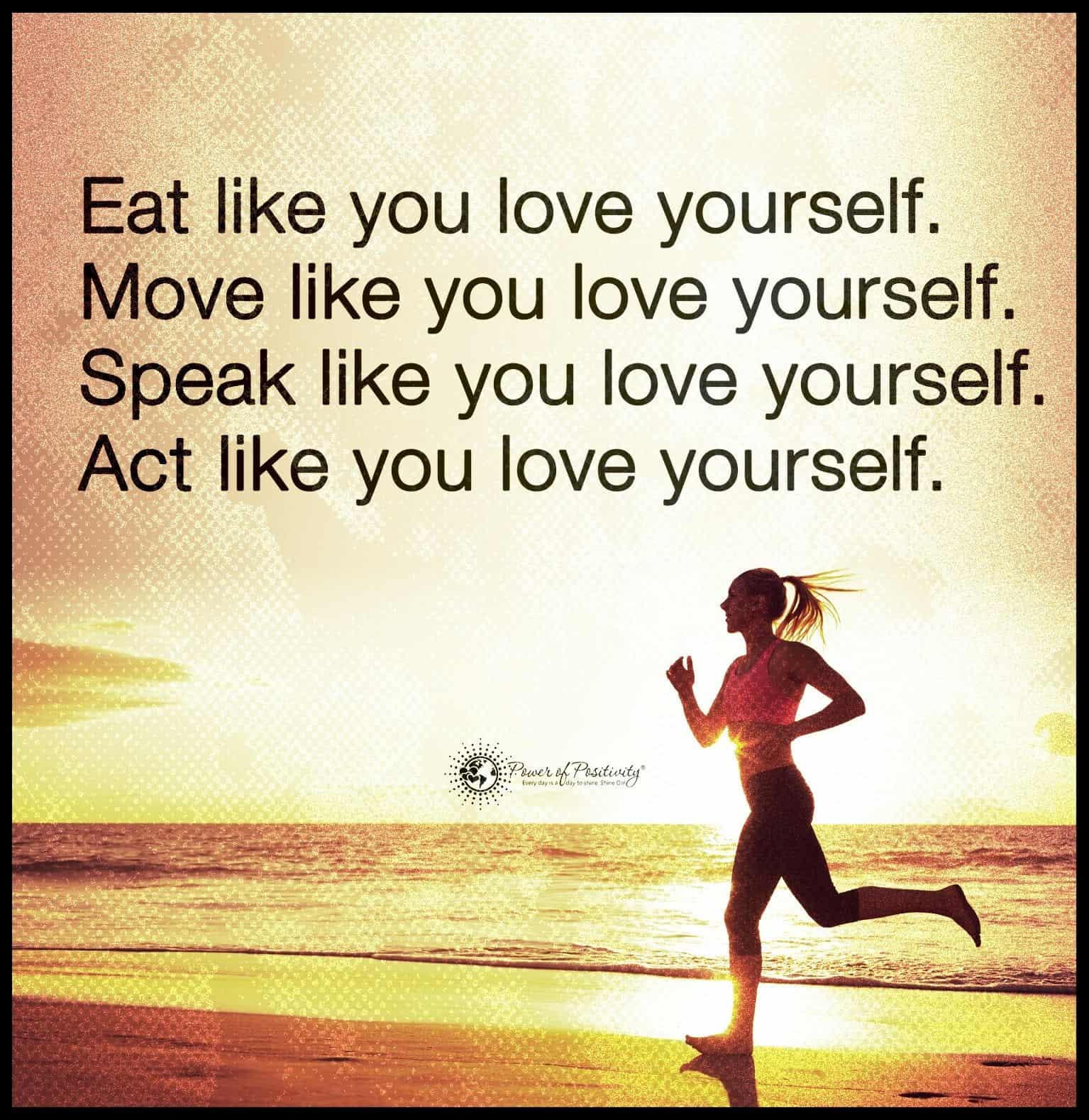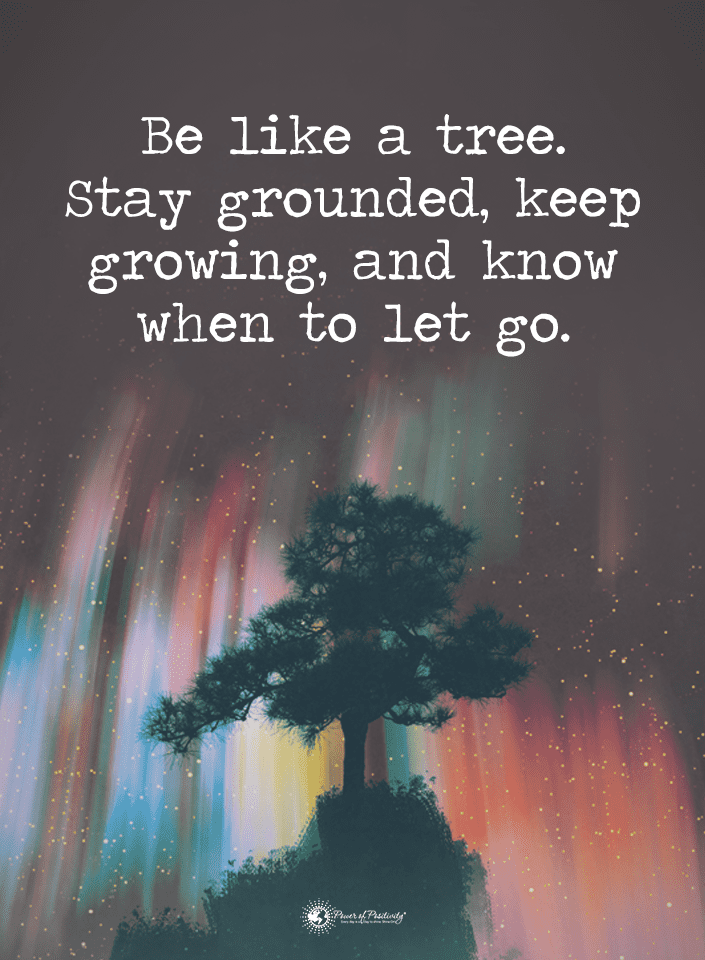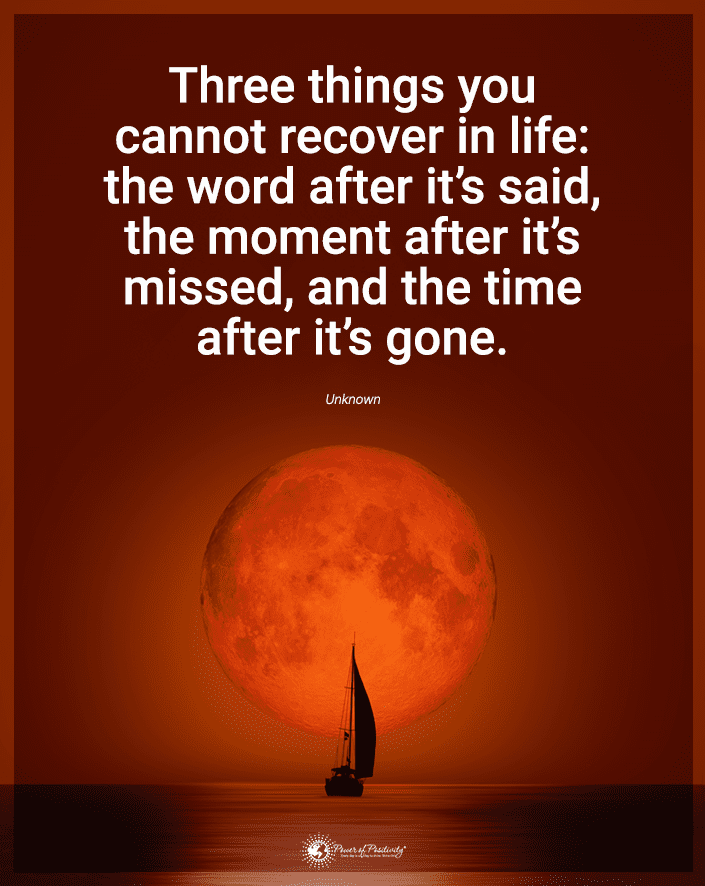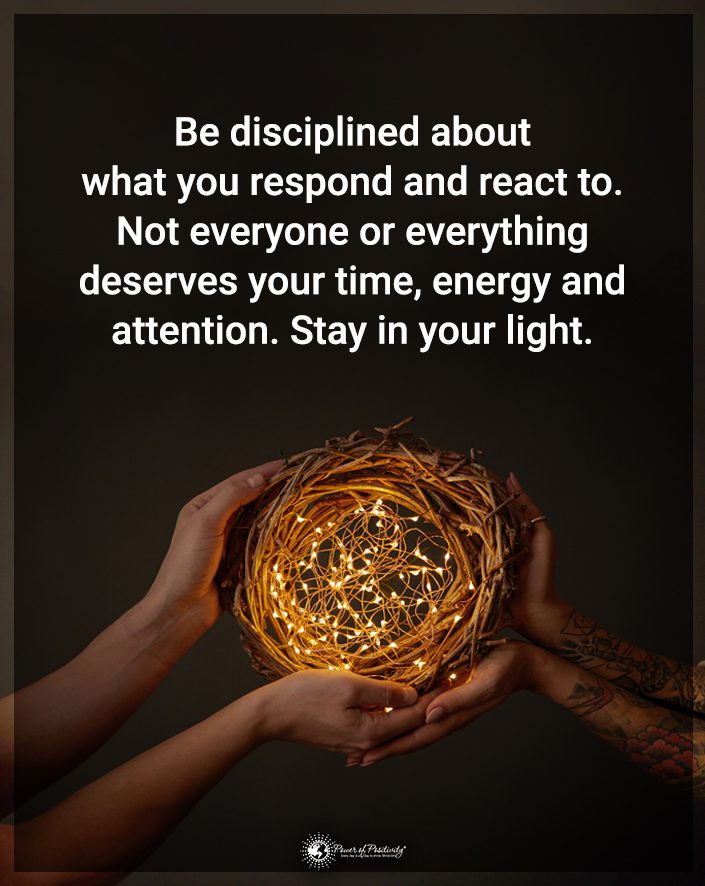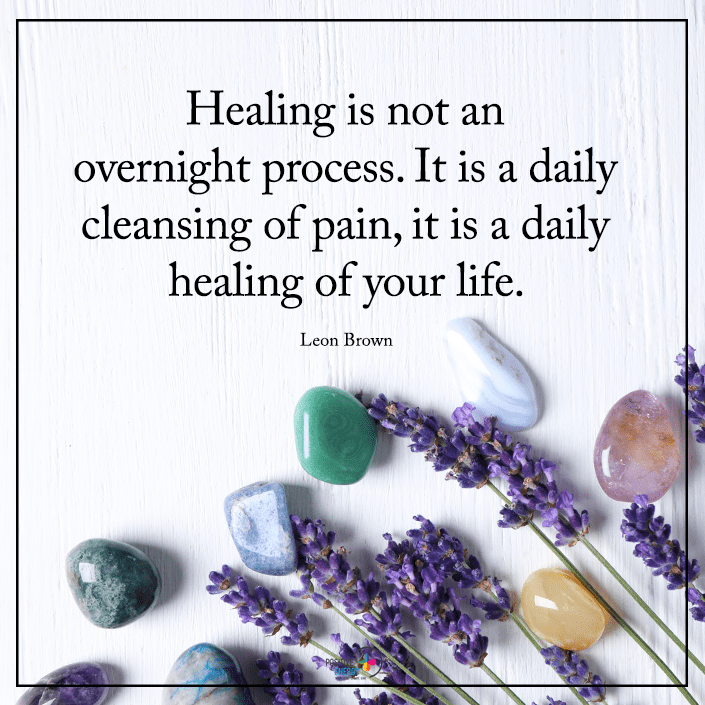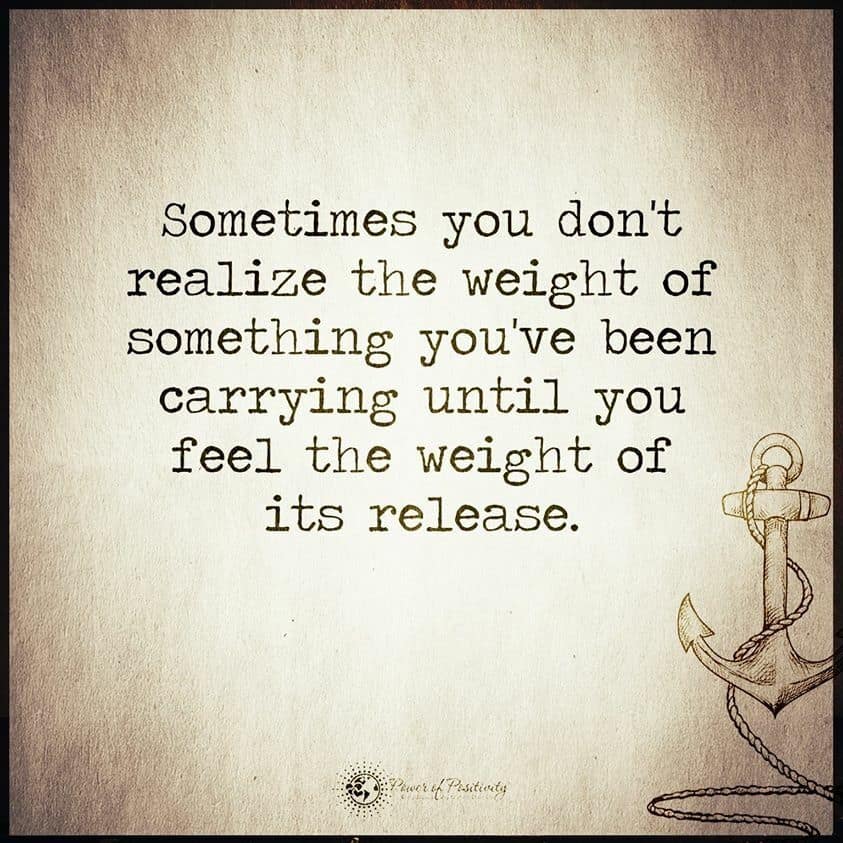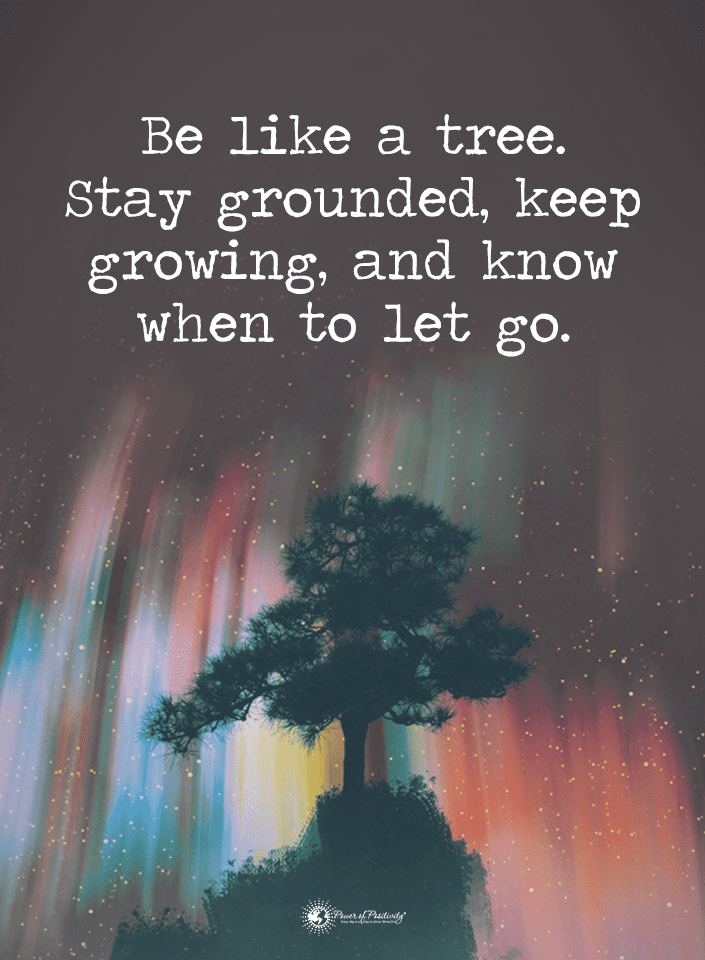Yoga for constipation can improve your symptoms as the poses help ease pain and discomfort. Improving digestion with specific yoga poses can help your stool move through your digestive system better while decreasing your risk of a chronic issue.
Practicing yoga for constipation can naturally alleviate discomfort and improve your digestive health. It won’t cure the underlying conditions but will provide comfort as it eases the symptom.
What Causes Constipation?
Constipation occurs if you have less than three bowel movements weekly. It could also involve stool being hard and dry or painful and difficult to pass. Natural methods, including yoga for constipation, can improve the situation if you have trouble passing stoo.
Common causes of constipation include poor eating choices, stress, and busy schedules. These things can cause hard stools or infrequent bowel movements. Other potential causes include:
- Parkinson’s disease
- Multiple sclerosis
- Stroke
- Nerve damage
- Medications
- Issues with pelvic muscles
- Hormonal imbalance
The Mind-Gut Connection and How Yoga for Constipation Relief Is the Real Deal
The mind-gut connection occurs because of the enteric nervous system in your gut. It involves millions of nerve cells that line your gastrointestinal tract. It links digestion, mood, health, and your thoughts.
Doing yoga for constipation can strengthen a positive connection, improving mental well-being and promoting relaxation. Practicing yoga can help reduce stress, leading to improved digestion. Stress can cause digestive issues, making you more likely to experience constipation when you’re stressed.
Yoga for constipation can help ease stress while manipulating your body to get your digestive system moving. The poses offer a digestive massage, making it easier to pass stool or gas by twisting, inverting, and folding your body. Some of the benefits of a digestive massage include:
- increasing blood flow
- boosting oxygen delivery
- helping with peristalsis
- encouraging stool to move through
Researchers indicate that yoga impacts the vagus nerve that signals between your mind and gut. It stimulates the nerve, activating anti-inflammatory properties and promoting the equilibrium of the microbiota-gut-brain axis.
Additionally, studies show that yoga can ease the symptoms of IBS, including constipation. If IBS causes your digestive issues, you can use these methods to improve your condition.
Why Try Yoga for Constipation?
An overview of the ten benefits of yoga for constipation includes the following:
- stress relief
- promoting relaxation
- digestive massage
- stimulating the vagus nerve
- easing symptoms of irritable bowel syndrome (IBS)
- encouraging gravity to work in your favor
- toning muscles of digestive organs
- stimulating peristalsis
- promoting detoxification
- increasing metabolism
Yoga for Constipation: Gentle Stretching for the Digestive System
The gentle stretching motions of these yoga poses can improve your digestive health by promoting intestinal movement. Yoga for constipation eases symptoms and helps you find comfort.
1 – Seated Forward Fold
The seated forward fold encourages calmness while increasing blood flow to your brain to reduce stress. It also stimulates your stomach and intestines to help with digestive health.
Here’s how to do it:
- Sit on your bottom with both legs extended in front of you.
- Inhale and bring your arms overhead.
- Exhale as you hinge at your hips to fold yourself over your legs.
- Push yourself as far as possible without experiencing pain, and hold onto your legs, shins, ankles, or feet.
- Hold the position for ten seconds before inhaling and raising your body, repeating it up to ten times.
2 – Wind-Relieving Pose
This easy yoga pose offers gentle stretching while massaging the abdomen to release gas. It encourages intestinal movement for better digestive health and may cause you to pass gas while in the pose.
Here’s how to do it:
- Lay on your back and hug your knees to your chest.
- If you want, you can extend one leg out.
- Hold the post for a few minutes.
- If you extended one leg, switch sides and hold it for another few minutes.
3 – Cat-Cow Pose
This pose expands and contracts your abdominal muscles and organs, stimulating the digestive tract. Yoga for constipation also offers relief from gas pain and bloating.
Here’s how to do it:
- Start on your hands and knees, keeping them about shoulder-width apart.
- Inhale as you lower your belly, open your chest, arch the spine, and tilt your head toward the sky.
- Exhale as you round your spine (imagine how a frightened cat looks), pull your belly in, and drop your chin toward your chest.

Yoga for Constipation: Twisting Poses to Stimulate the Digestive System
Twisting poses help massage the digestive organs and stimulate peristalsis, easing constipation. It also promotes detoxification that eliminates toxins from your body.
4 – Seated Spinal Twist
This twist can help alleviate bloating and digestion while opening the hips and stretching the spine. The movement activates your digestive system to allow you to have a bowel movement.
Here’s how to do it:
- Sit straight on the floor with your legs crisscrossed and your feet under your knees.
- Place your right hand on your left knee and place your left hand behind you.
- Inhale and lengthen your body through your spine.
- Exhale and twist to the left from the base of your spine, turning your head in the same direction.
- Hold the pose for five breaths before returning to the starting position.
- Repeat the movement on the other side.
5 – Supine Twist
The supine twist is calming while offering a gentle digestive massage that stimulates your organs. It can help move waste and food through your body while increasing blood flow to your gut. This yoga pose also releases tension, allowing oxygen and nutrients to flow easily through the digestive system.
Here’s how to do it:
- Lay on your back and pull your knees toward your chest.
- Extend your left leg straight out without letting it touch the ground.
- Keeping your right knee bent, bring that leg to the left across your body, keeping your shoulders flat on the floor.
- Turn your head to the right, and hold the pose briefly before switching sides.
6 – Chair Twist
This pose works your upper body and lower body muscles. Yoga for constipation also stimulates and massages abdominal organs, promoting healthier digestion.
Here’s how to do it:
- Stand straight, putting your feet together and your hands at your sides.
- Bring your hands together near your heart.
- Act like you’re sitting down, bending your knees, and shifting back.
- Put your right elbow on the outside of your left knee and press your palms together.
- Twist your body, and hold the post for at least ten breaths.
- Release the position and switch sides.
Yoga for Constipation: Inversions to Encourage Digestive Movement
Inversions mean that part of your body will be upside down during the pose. It utilizes gravity to promote digestive movement and stimulate the lymphatic system.
7 – Legs up the Wall
This pose uses the support of a wall, making it easier to hold your legs up. It is beneficial for beginners because it is simple and doesn’t require much strength.
Here’s how to do it:
- Sit on the floor with your hips close to a wall.
- Lower your back and head to the floor before walking your legs up the wall.
- You can place your arms where ever you’re comfortable and stay in the position as long as you want.
- If you experience hip discomfort, you can place a folded towel or blanket under them.
8 – Shoulder Stand
This pose balances your bodily systems, allowing you to feel better and be healthier. The full-body inversion shifts gravity and helps you have regular bowel movements. It also drains the lymphatic system and promotes circulation.
Here’s how to do it:
- Lay down, bend your knees, and place your feet flat on the floor.
- Walk your shoulders under your upper back until your chest gently rises.
- Lift your hips, and extend your arms on the ground with your palms facing down.
- Press your palms into the ground, lift onto the balls of your feet, and extend one leg up.
- Support your lower back with your hands by bending your elbows.
- Lift the other leg up, straightening them in the air so your hips are over the shoulders and feet over the hips.
- Hold the post for 10 seconds before rolling your body back down.
9 – Plow Pose
This inversion compresses your abdominal organs to relieve constipation. Yoga for constipation helps get your bowels moving so you can find comfort.
Here’s how to do it:
- Lay on your back and bend your knees so your feet are close to your bottom.
- Exhale and lift your knees toward your chest, keeping your hands next to you with palms flat.
- Use your abs to lift your hips, rolling up until your shoulders support your body. You can use your hands pressed into the floor for added support as you do this.
- Moving slowly, extend your legs back over your head, flex your feet, and rest your toes on the ground.
- You can use your hands to support your back but keep your elbows close to the body. Otherwise, you can leave your arms on the floor.
- Hold the pose for six deep breaths before slowly returning to the original position.
- Repeat the movement five times.
Yoga for Constipation: Deep Breathing for Relaxation and Digestion
Using deep breathing techniques is another way to massage your abdomen and intestines. It helps get your internal organs working to ease constipation and discomfort. Diaphragmatic breathing also stimulates your parasympathetic nervous system.
10 – Dirga Pranayama
This breathing technique is sometimes called the three-part breath. It promotes a calm mind and offers grounding benefits to help you focus on the present and build body awareness. Dirga pranayama also helps oxygenate your blood and nourish your body.
Here’s how to do it:
- You can choose a seated, cross-legged position or lie on your back.
- If you choose to lie down, you can stretch your legs out or bend your knees with your feet flat.
- Once you’re comfortable, focus on your natural inhale and exhale.
- Don’t engage thoughts that threaten to distract you. Instead, acknowledge the thoughts and release them, refocusing on your breathing.
- Then, begin inhaling and exhaling deeply through your nose.
- As you inhale, fill your belly with breath, expanding it with air like a balloon.
- On the exhale, breathe through your nose until it’s all out of your belly, pulling your navel in to expel it all.
- Repeat this process five times.
- Inhale and fill your belly with air again, but pull a little more breath in. Let it expand into your rib cage until it causes the ribs to widen.
- On the exhale, release the air from your ribcage first, then the belly.
- Repeat this another five times.
- Then, inhale to fill the belly and rib cage with air again, and pull in a little more to fill the upper chest.
- Exhale, releasing the breath from your chest first, then your ribs, and finally your belly.
- Do these steps ten times.
11 – Ujjayi Breath
This breathing technique calms the mind and body. It involves using a soft sound or feeling in the throat.
Here’s how to do it:
- Sit straight and comfortably, keeping your spine neutral.
- Inhale slowly and deeply, making a soft sound in your throat.
- Block your right nostril, stop making the sound, and exhale through the left nostril.
- Inhale again, making the sound.
- Block your left nostril, stop making the sound, and exhale through your right nostril.
12 – Nadi Shodhana
This yogic breathing method improves metabolism and relaxes your body, allowing your bowels to move.
Here’s how to do it:
- Sit comfortably and relax your mind.
- Inhale through both nostrils before blocking the right one with your thumb.
- Keeping the right nostril covered, exhale completely through the left.
- Inhale through the left nostril and immediately cover it with your ring finger.
- Exhale through the right nostril, then inhale through that side before blocking it with your thumb.
- Repeat this nine times.
Developing a Consistent Yoga Practice
Consistency is essential for maximizing the long-term benefits of yoga for constipation. Adding it to your daily routine helps, and you can become more consistent by:
- Scheduling yoga sessions in advance
- Finding a dedicated space for practice
- Tracking your progress
Besides Yoga for Constipation, Try These Digestive Health with Lifestyle Changes
You can pair yoga for constipation with other techniques to ease symptoms and offer relief. Some lifestyle changes to implement include:
- Diet: A lack of fiber can lead to constipation, so changing your diet can help. Add fiber-rich options to your daily menu to promote optimal digestive functioning.
- Hydration: Drinking plenty of water can help ease constipation and other digestive issues. Having a glass of water on an empty stomach can stimulate your digestion. It can also create pressure that makes it easier to have a bowel movement.
- Exercise: Physical activity stimulates your intestinal muscles, encouraging healthy digestion. Yoga is one method, but you can try others to alleviate your symptoms.
Personalizing Your Yoga for Constipation Practice; Adjust Yoga Poses to Your Skillset
As you practice yoga for constipation, be mindful not to push yourself too much. While stretching your muscles is nice, you don’t want to experience pain because it can lead to injury. A little discomfort can be beneficial, but don’t do it if it’s too painful.
Personalization is essential, so ease up on that pose or choose a different one that offers more comfort. Focus on body awareness because individual needs differ.
Final Thoughts on Trying Yoga for Constipation Relief
While over-the-counter treatments and medications can help, you can try natural constipation relief through yoga. It helps manage stress while providing a digestive massage to help you pass stool and gas.

Yoga poses for constipation relief make a difference in your life by easing digestive discomfort. Trying yoga for constipation can improve your situation and help you feel better. You can live healthier and feel more comfortable as your digestive system improves.

